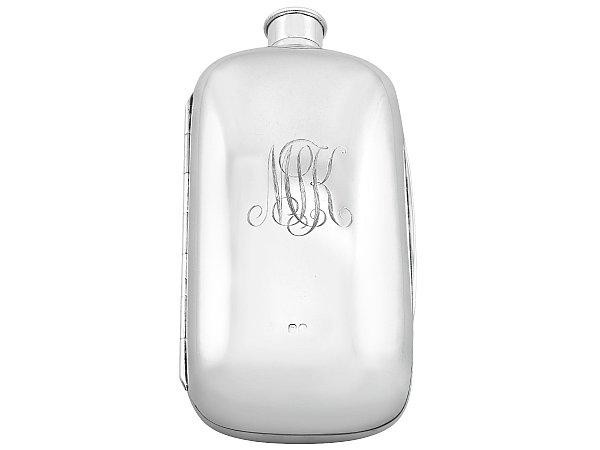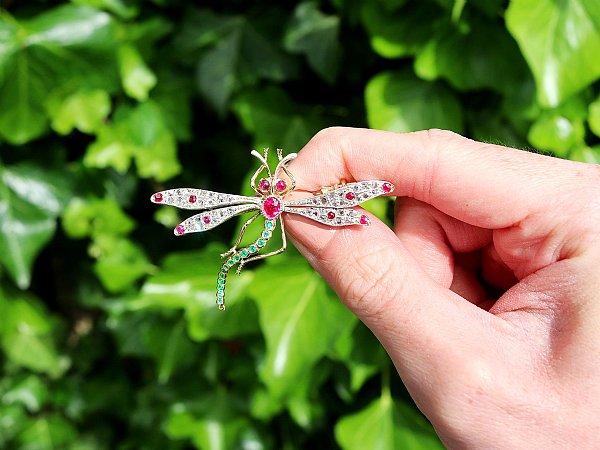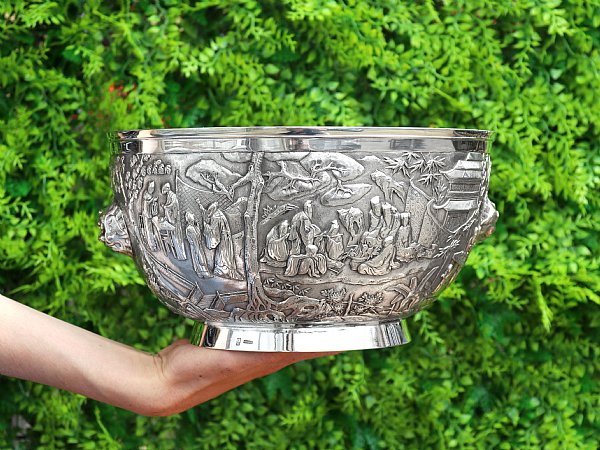Search Results for: '{{searchText}}'
Sorry...
We don't seem to have what you're looking for.
However we do have thousands of magnificent pieces of silver and jewellery available for you to view online. Browse our store using one of these categories.
Please wait for loading data... 
Here at AC Silver we have a large collection of vintage and antique hip flasks in sterling silver, from the Georgian, Victorian and Edwardian eras, as well as more recent twentieth century pieces.
We are also able to offer an engraving service, should you wish to personalise your purchase with us.
Our range of silver hip flasks includes some truly unique pieces which cannot be found elsewhere. All of our antique and vintage hip flasks are the finest of their type which we have found.
Whether you are searching for a charming gift, or simply wish to purchase a silver hip flask for your own pleasure, we have many styles and sizes of hip flasks to suit all needs.

Silver hip flasks shouldn''''''''t be cleaned with harsh abrasive cleaners. The chemicals in these products not only tarnish the silver, but can affect the taste of beverages stored in the flask afterwards. Instead, simply rinse out the inside of the flask with plain warm water. Using soapy water with a gentle dish soap is acceptable, but it can be difficult to ensure all soap suds have been rinsed away.
For a more thorough clean, boiling water can be used. Placing a funnel into the neck of the hip flask, boiling water can carefully be poured in to sterilise the interior of the vessel. In most cases, this level of cleaning is not required. Try to ensure your flask does not sit with liquid in it for more than 1-2 days. The metal used to create the hip flask can affect the taste of the alcohol. Nobody wants to sip from their flask only to have a metallic aftertaste linger in their mouth.
Hip flasks have long been the a must have accessory for distinguished gentlemen. They were originally seen in the 1700s, used mostly by social elite. Hip flasks were extremely fashionable throughout the Victorian period and even into the mid-20th century. Around the 1920s, especially at the start of the American prohibition, hip flasks were a necessity to enjoy drinking without arousing suspicion, Women would also use hip flasks and they would tuck them into their garter, worn under their skirt.
Keeping your hip flask watertight is essential to ensuring it has a long life. This is especially important for antique hip flasks that have already seen a lot of use. The cork, therefore, should be soaked with liquid so that it is fully expanded. The most effective seal is created when the cork full covers the vessel''''''''s top.
1) Keep fluid in the flask at all times, and keep the flask on its side to ensure the cork remains wet. This fluid shouldn''''''''t always be alcohol to keep the taste from souring. Instead, when the flask isn''''''''t carrying alcohol, fill it up with water so that it keeps its seal intact. It is then recommended that you clean it out thoroughly before making use of it to contain alcohol again.
2) When using the flask to carry alcohol, ensure it is filled to the brim. It might seem counterintuitive to do this, particularly since most bottles perform best when not completely filled. Relying on the cork of a hip flask, however, means it''''''''s best to keep the cork in contact with liquid in some form or another.




